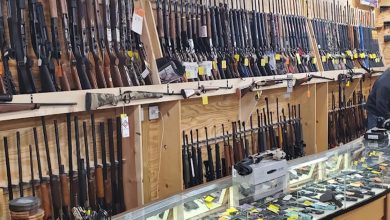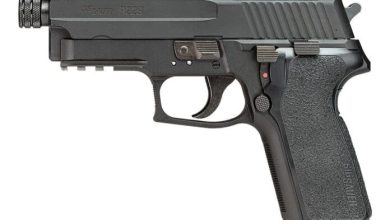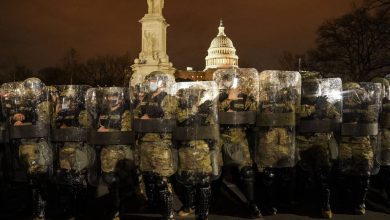Federal Gun-Free Zones: Comprehensive Breakdown Of Restrictions

Carrying a firearm comes with great responsibility, including understanding where it’s legally permissible to carry. Federal gun-free zones determine where you can’t carry a firearm, even if you have a permit. Being aware of these federal gun-free zones is essential for staying compliant with the law and ensuring the safety of yourself and others.
Note: Some instances of this article will talk about carrying a firearm, and/or carrying a concealed firearm. In general, carrying a firearm in any manner in federal gun-free zones is typically not allowed.
Federal Buildings
One of the primary federal gun-free zones are federal buildings. This includes courthouses, federal offices, and other facilities owned or leased by the federal government. The Federal Facilities Code (18 U.S.C. § 930) explicitly prohibits the possession of firearms in federal facilities, with few exceptions. Violating this law can result in severe penalties, including fines and imprisonment.
It’s important to note that this prohibition extends to all areas within the federal building, not just public spaces. This means that even if you are employed within the building, you cannot carry a concealed firearm unless specifically authorized. Employees and visitors alike must comply with these regulations.
National Parks and Wildlife Refuges

While the laws governing firearms in national parks have evolved over the years, carrying a firearm is generally allowed under the same regulations that apply to the state in which the park is located. However, federal buildings within these parks, such as visitor centers and ranger stations, remain off-limits. It’s important to note that each park may have specific rules, so checking the regulations before visiting is crucial.
READ MORE: Graphic Warning: Army Veteran’s Narrow Escape from Grizzly Bear Attack
For instance, in Yellowstone National Park, while visitors can carry firearms in accordance with state laws, they are prohibited from discharging them unless in a situation of self-defense. Additionally, the park’s visitor centers, administrative buildings, and lodges are federal buildings where firearms are not allowed. Understanding these nuances is crucial for ensuring compliance with federal gun-free zones while enjoying these natural spaces.
Federal Courthouses

Federal courthouses are strictly off-limits for concealed carry. These buildings are high-security areas where the presence of firearms is strictly controlled. Security personnel screen all visitors, and anyone found with a firearm can face serious legal consequences. This restriction is part of broader efforts to maintain safety and order within the judicial system.
The security measures in federal courthouses are rigorous, including metal detectors, X-ray machines, and security personnel trained to handle potential threats. These measures are in place to protect judges, jurors, attorneys, and the general public. The introduction of firearms into this environment can escalate conflicts and pose significant risks.
Moreover, the prohibition of firearms in federal courthouses extends to surrounding areas, such as parking lots and adjacent facilities. This ensures a comprehensive security perimeter, preventing any potential threats from gaining proximity to these sensitive areas. Individuals attending court proceedings, whether as participants or spectators, must adhere to these regulations to maintain the safety and integrity of the judicial process.
Airports and Aircraft

Federal gun-free zones also extend high in the sky, prohibiting carrying firearms in secured areas of airports, including passenger screening checkpoints and the aircraft itself. The Transportation Security Administration (TSA) enforces these regulations to ensure the safety of passengers and crew members. While firearms can be transported in checked baggage, they must be declared, unloaded, and stored in a locked, hard-sided container. Failure to comply with these regulations can result in hefty fines and possible criminal charges.
READ MORE: Essential Tips for Flying with Firearms in Checked Luggage
Travelers must declare their firearms at the airline’s check-in counter, ensuring they are unloaded and properly stored. The TSA inspects these firearms to confirm compliance with regulations before allowing them to be transported in the aircraft’s cargo hold. Understanding and following these procedures is essential for those wishing to travel with firearms.
Federal Penal Institutions
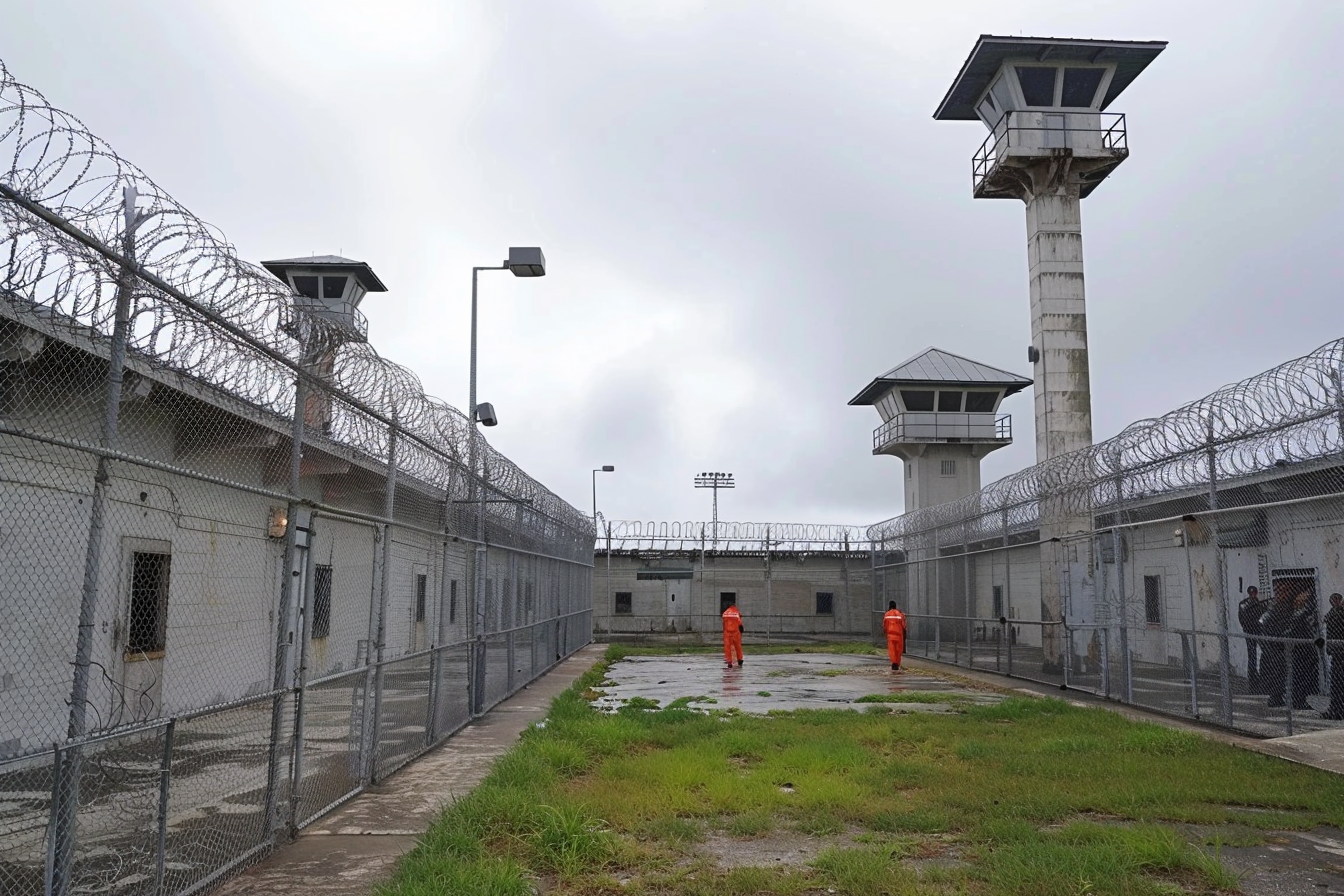
Carrying a firearm in or around federal penal institutions, including prisons and detention centers, is strictly prohibited. These areas are highly secure and controlled environments where the presence of firearms can pose significant risks. Unauthorized possession of a firearm in these locations can lead to severe penalties, including imprisonment.
Federal penal institutions are designed to house individuals who have been convicted of federal crimes. The presence of firearms in these facilities can lead to dangerous situations, including attempts to escape or violent confrontations. The strict prohibition of firearms ensures the safety of both inmates and correctional staff.
Additionally, the surrounding areas of these institutions are also off-limits for carrying firearms. This creates a secure perimeter, reducing the risk of firearms being smuggled into the facilities. Understanding these restrictions is crucial for anyone who may need to visit or work near these institutions.
Military Bases
Military installations have specific regulations regarding firearms. While service members and authorized personnel may carry firearms on base, civilians, including those with concealed carry permits, generally cannot. Each military base may have its own set of rules, so it’s essential to check with the specific installation before attempting to bring a firearm onto the premises.
Military bases are high-security areas with strict protocols to ensure the safety of personnel and sensitive equipment. The presence of unauthorized firearms can compromise security and pose significant risks. Each base has its own set of regulations, often outlined in the base’s security protocols.
Civilians visiting military bases must adhere to these regulations and obtain any necessary permissions before bringing firearms onto the premises. This ensures that all individuals on the base are accounted for and that security measures can be effectively implemented. Understanding and following these rules is essential for maintaining the safety and security of military installations.
Post Offices
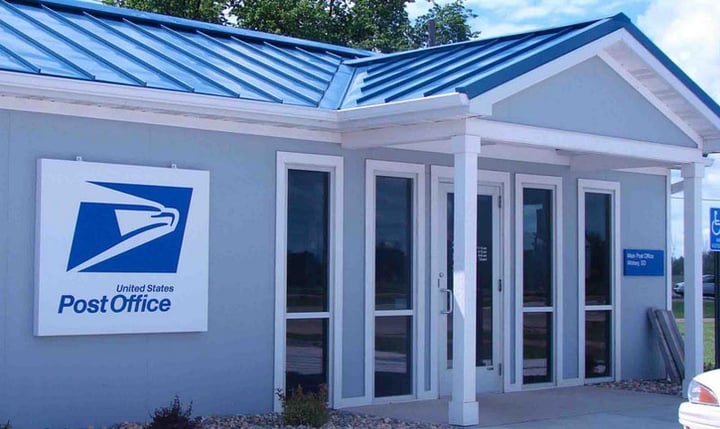
Federal gun-free zones also prohibits carrying firearms in U.S. Postal Service facilities. Post offices are considered federal buildings, and the same restrictions that apply to other federal facilities are enforced here. Violating this regulation can result in serious legal consequences, including fines and imprisonment.
READ MORE: FPC SUES FEDS TO END POST OFFICE GUN BAN
Individuals visiting post offices must comply with these regulations and refrain from bringing firearms onto the premises. Understanding these restrictions is crucial for anyone using postal services to avoid legal consequences and ensure public safety.
Schools and Educational Institutions
Under the Gun-Free School Zones Act (18 U.S.C. § 922(q)), carrying firearms on school property, including elementary, secondary, and post-secondary institutions, is generally prohibited. This law is intended to enhance the safety and security of educational environments. Some exceptions exist for authorized personnel and individuals with specific permits, but generally, these areas are off-limits for concealed carry.
Certain exceptions to this law include authorized personnel, such as law enforcement officers, who are permitted to carry firearms on school property.
Amtrak Trains and Stations
While firearms can be transported on Amtrak trains, they must be checked and declared in advance. Passengers are not allowed to carry firearms in their possession while on board or in Amtrak stations.
Passengers wishing to transport firearms must follow specific procedures, including declaring the firearm and ensuring it is unloaded and properly stored.
Government-Owned Properties
Other government-owned properties, such as Veterans Affairs (VA) facilities, federal research labs, and certain historical sites, are also federal gun-free zones. Each facility may have its own specific rules and signage indicating restrictions, so it’s important to be aware of these regulations when visiting such locations.
Importance of Understanding Federal Gun-Free Zones
Understanding federal gun-free zones is vital for responsible firearm ownership. These laws are in place regardless of whether or not you agree with them. Violating these restrictions can result in severe legal consequences, including fines, imprisonment, and the revocation of concealed carry permits.
Responsible firearm ownership involves more than just knowing how to use a firearm. It requires an understanding of the laws and regulations that govern where and how firearms can be carried, which includes the federal gun-free zones that we’ve discussed. By staying informed about federal gun-free zones, firearm owners can ensure they are compliant with the law and contribute to a safer society.
Safety Tip: Always familiarize yourself with federal, state, and local laws regarding concealed carry. Ignorance of the law is not a defense, and understanding where you can legally carry a firearm is crucial for responsible ownership and public safety.
Legal Disclaimer
The information provided in this article is for general informational purposes only and does not constitute legal advice. While we strive to ensure the accuracy and timeliness of the content, laws and regulations regarding concealed carry and firearm restrictions can change frequently and vary by jurisdiction. It is essential to consult with a qualified legal professional or law enforcement authority in your area to obtain current and specific legal guidance.
The authors, publishers, and distributors of this article are not responsible for any errors or omissions, or for any actions taken based on the information provided. Use of the information contained in this article is at your own risk. Always adhere to local, state, and federal laws and regulations when carrying or handling firearms.
By reading this article, you acknowledge that you are solely responsible for ensuring your compliance with all applicable laws and regulations concerning the carrying of firearms and firearm ownership.
Read the full article here



